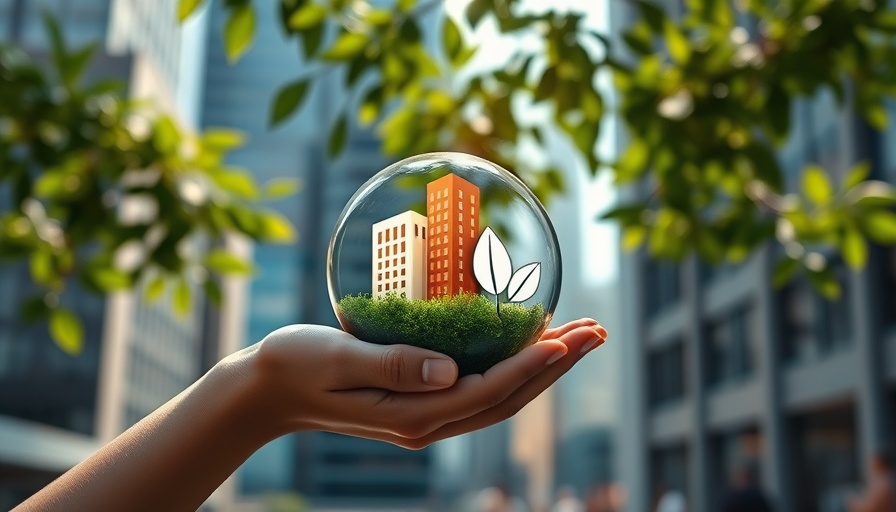
LEED v5: A New Era of Sustainable Building
The U.S. Green Building Council (USGBC) has officially launched its latest certification program, LEED v5, which aims to revolutionize how buildings are designed, constructed, and operated. This new version reflects a commitment not just to sustainability but also to health, resilience, and performance. Already making waves, the first projects certified under LEED v5 promise to set the stage for a future where green buildings are the norm rather than the exception.
Trailblazers of the LEED v5 Movement
Among the inaugural projects, the Portobello Shop Jardim Social in Curitiba, Brazil, stands out as a model of excellence, achieving Platinum certification. This achievement highlights the shop's focus on energy optimization, responsible water management, and the well-being of its occupants and customers. According to Guido Petinelli, CEO of the consulting firm behind the project, measuring performance is crucial in demonstrating reduced operating costs and improved comfort. As one of the first to utilize LEED v5, they exemplify how this certification can drastically enhance operational success.
The Global Impact of LEED v5 Certifications
This new wave of LEED certified projects is not just confined to Brazil; they represent a diverse range of building types from various sectors around the globe, spanning over 12 million square feet of space across nine countries. With nearly a third of the 60 enrolled projects already certified, it demonstrates a robust global interest in sustainable construction practices.
Adapting to Every Market
One of the key features of LEED v5 is its flexibility, designed to be adaptable to various building types, sectors, and global markets. This allows a broad spectrum of projects to participate, showing that sustainability can seamlessly integrate into any architectural model. More than half of the certified projects have already achieved Platinum certification, indicating a strong commitment to exceptional standards in green building.
Why LEED Matters in Today’s World
In a world increasingly affected by climate change, the importance of sustainable buildings cannot be overstated. Green building practices not only contribute to environmental preservation but also enhance the well-being of occupants by creating healthier living and working conditions. Additionally, the emphasis on energy efficiency within LEED guidelines translates into financial benefits over time, including reduced utility costs.
The Future of Green Building in Your Community
As public awareness and governmental policies increasingly support sustainability, more projects across different locales can expect to follow in the footsteps of the early adopters of LEED v5. By choosing sustainable options, communities can experience improved air quality, reduced resource use, and an enhanced sense of responsibility toward the environment.
The launch of LEED v5 represents a significant stride toward creating a greener planet for future generations. Whether you’re a builder, developer, or simply a member of your community, staying informed about these innovations can enhance your own efforts in contributing to sustainability.
 Add Row
Add Row  Add
Add 




Write A Comment